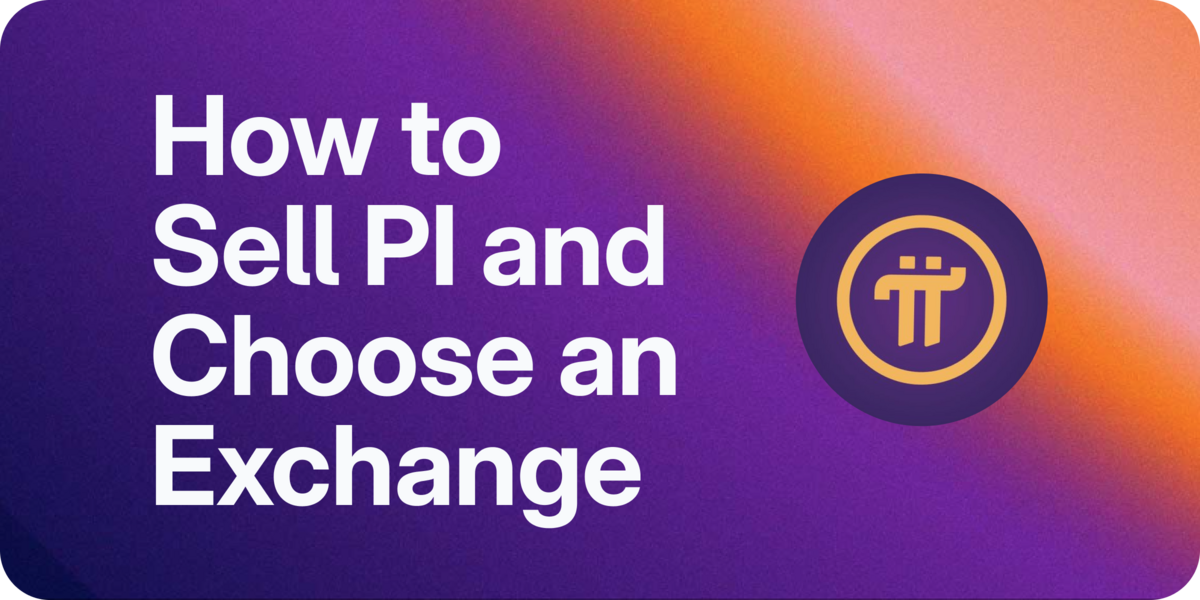Cro Crypto: Cronos Token Use Cases, Risks, and Its Future
When people talk about CRO, they often mean one of two things: Conversion Rate Optimization in digital marketing, or Cronos (CRO), the cryptocurrency that powers the Cronos blockchain and Crypto.com ecosystem. In this article, we focus on the cryptocurrency side of CRO, a token that has grown into a major player in the blockchain space. Understanding CRO means looking at its role in the Cronos chain, how it powers decentralized finance (DeFi), its role in Crypto.com’s payment and trading infrastructure, and how the token fits into the wider market of digital assets.
CRO has attracted attention because it does not only act as a speculative asset but also serves functional purposes in staking, rewards, trading discounts, and blockchain transactions. Its growing ecosystem makes it important for both traders and long-term investors to follow.
The Origins of CRO
Background of Crypto.com
Crypto.com began as a platform aiming to accelerate the adoption of cryptocurrency in everyday payments. Over time, it expanded into trading, staking, NFTs, wallets, and Visa debit cards. To support this diverse ecosystem, the platform launched CRO as its utility token.
Transition to Cronos Chain
The most significant milestone came with the introduction of the Cronos blockchain, an Ethereum Virtual Machine (EVM) compatible chain built for interoperability, scalability, and DeFi growth. CRO became the native token of Cronos, used for paying transaction fees, securing the chain, and incentivizing participation.
Read Also: XRP Price Live: Real-Time XRP Value, Market Trends & Insights
Core Utility of CRO
Transaction Fees and Staking
CRO holders can stake tokens directly to validators on the Cronos network. Staking secures the blockchain while rewarding holders with returns. CRO also pays transaction fees, much like ETH on Ethereum. This gives CRO consistent utility beyond speculation.
Payment and Rewards
Crypto.com integrates CRO into its card rewards program, trading discounts, and payment ecosystem. Users who stake CRO for their Crypto.com Visa cards can receive higher cashback rewards, priority services, and benefits such as airport lounge access.
DeFi and Cronos Ecosystem
Cronos supports DeFi protocols, NFTs, metaverse projects, and decentralized applications. CRO acts as the fuel of this environment. Developers and users pay network fees in CRO, creating continuous demand. The token’s role in DeFi also positions it within the growing narrative of decentralized finance expansion.
Market Position of CRO
Ranking Among Cryptocurrencies
CRO consistently ranks among the top digital assets by market capitalization. While it faces competition from other exchange tokens like Binance Coin (BNB) or utility tokens like Ethereum’s ETH, CRO maintains a unique niche due to its hybrid role in both centralized and decentralized contexts.
Price Trends and Volatility
Like other cryptocurrencies, CRO experiences significant price volatility. It reached its all-time high during the broader market rally in late 2021, before retracing with the rest of the market. Since then, CRO has seen periods of accumulation and renewed growth as the Cronos ecosystem continues to expand.
Factors That Influence CRO Price
Adoption of Cronos Chain
The more applications, DeFi projects, and developers that build on Cronos, the more demand arises for CRO. Real usage is one of the strongest indicators of token value.
Crypto.com Growth
Because CRO powers many benefits on Crypto.com, the platform’s user growth and product expansion also support the token. Every time new users sign up and stake CRO for rewards or discounts, demand increases.
Regulation and Market Sentiment
Like all digital assets, CRO reacts to changes in regulatory environments. Announcements about crypto regulation often spark short-term volatility. General market sentiment around Bitcoin and Ethereum also tends to influence CRO.
Tokenomics and Supply
CRO has a capped supply. This scarcity supports its potential as demand grows. Distribution, burn events, or changes in supply models can have measurable impacts on price and investor confidence.
Comparing CRO with Other Utility Tokens
CRO vs BNB
Binance Coin (BNB) powers the Binance ecosystem, while CRO supports Crypto.com and Cronos. Both are exchange-backed tokens with additional blockchain functions. BNB dominates by size, but CRO continues to carve its own space with focused integration in payments and retail adoption.
CRO vs ETH
While ETH remains the backbone of smart contracts, CRO benefits from EVM compatibility, meaning developers can migrate Ethereum-based projects to Cronos with ease. CRO’s advantage lies in lower fees and faster transactions, though ETH still leads in security and decentralization.
Real-World Use Cases of CRO
Payments and Daily Spending
One of the standout aspects of CRO is its role in payments. Through the Crypto.com Visa debit card, users can spend cryptocurrency directly, earning rewards in CRO. This bridges the gap between blockchain and everyday commerce.
DeFi Participation
Users stake CRO, provide liquidity, and earn yields across Cronos DeFi platforms. This makes CRO not just a speculative asset but a gateway into decentralized financial activities.
Community Incentives
Crypto.com frequently launches campaigns and promotions that reward CRO stakers and holders. This community-focused approach keeps engagement high and reinforces CRO’s role as the heartbeat of the platform.
Risks and Challenges Facing CRO
Market Competition
CRO competes in a crowded space of exchange tokens and smart contract blockchains. Standing out requires continued innovation, adoption, and clear use cases.
Regulatory Uncertainty
Authorities around the world are still shaping how they regulate cryptocurrency. CRO’s fate, like others, depends partly on how regulations evolve, especially concerning exchange tokens and staking.
Dependence on Crypto.com
CRO’s strong tie to Crypto.com creates both strengths and risks. While integration provides utility, the token’s success is closely tied to the company’s performance and reputation.
Future Outlook for CRO
Expansion of Cronos
The Cronos blockchain is still relatively young compared to Ethereum or Binance Smart Chain. As developers continue building, the ecosystem could drive significant new demand for CRO. Areas like gaming, NFTs, and cross-chain finance present strong opportunities.
Institutional Adoption
If Crypto.com expands further into institutional trading, custody, and financial products, CRO could become more widely adopted within professional environments.
Long-Term Value
CRO has both speculative and functional roles. Its long-term value will depend on sustained growth in user adoption, developer activity, and global crypto adoption. With Crypto.com investing heavily in branding, sponsorships, and technology, CRO’s future remains promising, though still subject to crypto market cycles.
Conclusion
CRO is more than just another cryptocurrency. It is the backbone of the Crypto.com ecosystem and the native token of the Cronos blockchain. Its utility spans staking, payments, DeFi, and trading benefits, making it one of the more versatile digital assets in circulation. Like all cryptocurrencies, CRO faces volatility and challenges, but its foundation in a real, growing ecosystem provides resilience.
Whether you are a trader looking at short-term movements or an investor considering long-term adoption, understanding CRO means appreciating its dual identity as both an exchange utility token and a blockchain-native asset. Its journey reflects the broader narrative of crypto adoption — a story of innovation, risk, and opportunity.
FAQs
What is CRO in cryptocurrency?
CRO is the native token of the Cronos blockchain and the utility token for Crypto.com services.
What can CRO be used for?
CRO is used for staking, paying transaction fees, earning rewards, and accessing Crypto.com benefits.
Is CRO the same as Cronos?
Yes, CRO is the native token of the Cronos chain, which powers DeFi apps and blockchain transactions.
How does CRO differ from other tokens?
CRO combines exchange utility with blockchain-native functions, unlike many single-use tokens.
What affects CRO price?
CRO price depends on Cronos adoption, Crypto.com growth, market sentiment, and overall crypto trends.




Post Comment